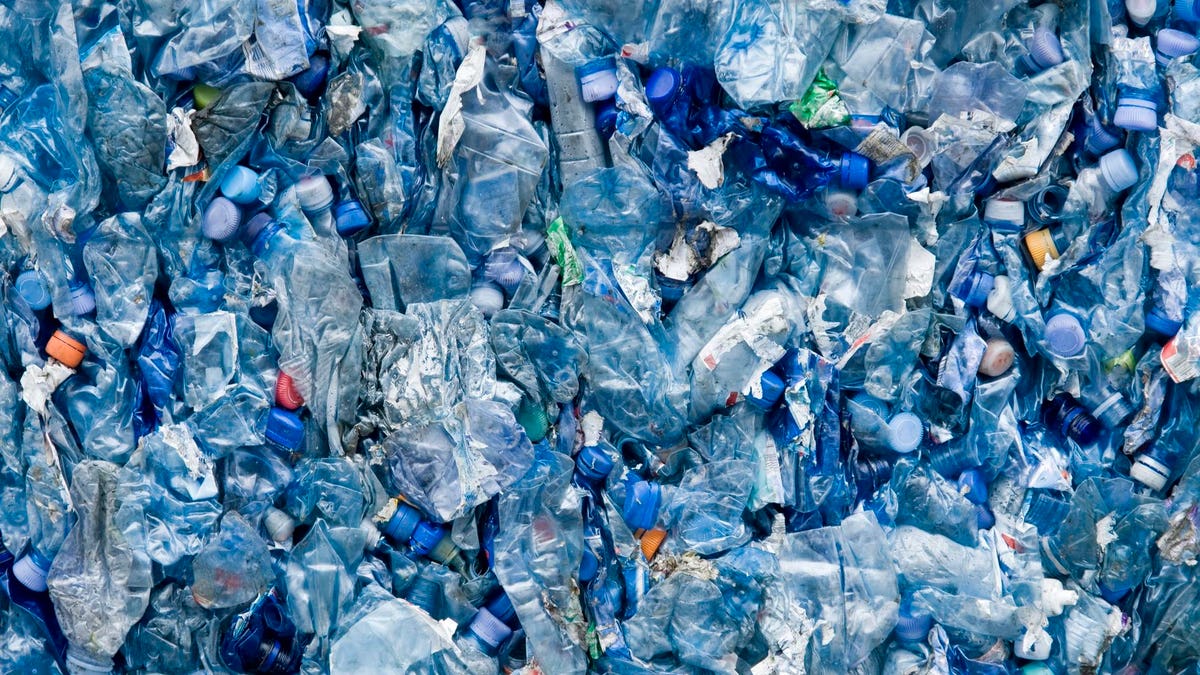Or will politics get in the way?
Authored by David Buckby – Senior Research Analyst, Films and Flexible Packaging at Wood Mackenzie
The European Union (EU) is in the midst of revising its rules around packaging and packaging waste – again. It asserts that legislation must be revised to align with its wider goal of creating a low-carbon circular economy.
Despite several previous attempts to take a tougher stance, the reality is that even up to 2023, the EU’s regulation of packaging has been relatively light touch.
Its latest effort – the Packaging and Packaging Waste Regulation (PPWR) – looks set to change things. If a version of PPWR enters into force that resembles something close to what is being proposed, then it will be a pivotal moment for the packaging sector. The impact will not be minimal this time.
However, politics may get in the way. EU parliamentary elections are in June 2024. PPWR must be agreed by then, otherwise the process must restart with a new set of MEPs. This is a very tight timetable.
How can PPWR be transformative?
PPWR has many crucial aspects. The following are perhaps its five most important:
- All packaging must be ‘recyclable’ by 2030 and recycled ‘at scale’ by 2035
- Recycled material must be used in new plastic packaging by 2030 and 2040
- A proportion of some types of packaging must be reusable or enable refill by 2030 and 2040
- Some kinds of packaging will be banned
- Packaging waste should be reduced by 15% per capita by 2040 (vs 2018 baseline)
How will PPWR’s measures reduce packaging waste?
Product bans will achieve some of the reduction. PPWR also mandates that packaging weight and volume must be reduced to as little as possible (without compromising functionality). This will also help.
What will play the largest part is the reuse/refill regulations. Their precise impact will depend on how high the targets are, how many times each piece of packaging is reused, the weight of the reusable packaging vs the current single-use packaging and whether there is substitution to or away from plastic.
Together, PPWR’s measures should reduce EU packaging waste by 15% per person by 2040, relative to 2018 levels. That might not sound much, but according to the Commission’s impact study, if you compare to an EU in 2040 where PPWR had not been implemented, waste levels per person will be 40% lower. That is significant.
Recycled plastic will displace virgin plastic
Besides less packaging waste, PPWR also mandates that EU plastic packaging will be made less and less from plastic made from fossil fuels. Recycled plastic will displace some of their demand.
By 2030, EU plastic packaging must contain 10-35% recycled content, depending on the application. By 2040, the figures rise to 50-65%. In other words, by 2040, the EU’s plastic packaging should be made of more recycled plastic than virgin plastic.
Where does all this recycled material come from? A major enabler will be that all packaging must be designed to be recyclable by 2030 and packaging must be recycled ‘at scale’ by 2035.
While the ambition is clear, the devil will be in the detail. Setting up a fully functioning recycling system is far easier said than done.
Will all these measures come to fruition?
There is a huge amount of uncertainty. All of the above reflects what was proposed by the EU Commission in November 2022. The EU’s legislative arms – Parliament and Council – are in the middle of a review and amendments process of the Commission’s proposal.
In Parliament, views are more polarised than usual, making agreement difficult. While walkouts are rare, there are fears one could happen, as with the Nature Restoration Law. The Council Presidency has also just rotated to Spain, just when national elections are about to take place.
Moreover, PPWR has to be agreed before EU parliamentary elections in June 2024, or the legislative process will have to restart with a new set of MEPs. They may find PPWR even harder to pass.
All that said, there is a huge amount of political will behind PPWR passing. This may just be sufficient to get it over the line.
What does this all mean for the packaging industry?
With this degree of regulatory uncertainty, decisions are either being put off or taken with higher risk. Should recyclers scale up now given all the additional material they might be processing? How should packaging producers amend their product range and R&D spend? How much virgin polymer should producers allocate to packaging customers in their forecasts?
The EU packaging industry is essentially waiting for the horizon to clear. PPWR’s success or failure could yet shape legislation elsewhere too. The world is watching. PPWR could provide a blueprint for other countries to follow, though its failure may see legislative ambitions outside of the EU diminished.
Read the full article here





